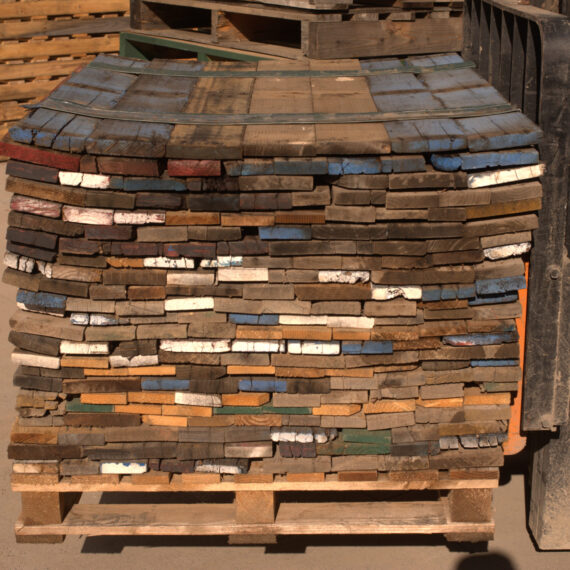Choosing the right packaging material is essential when it comes to shipping or storing cargo—whether you're handling machinery, food, electronics, or fragile goods. Among the most common options are timber packaging products, plastic containers, cardboard boxes, and metal crates. Each has advantages and disadvantages of its own. So, how do you decide which one suits your cargo best?
If you've been searching for reliable crate suppliers near me, understanding the pros and cons of different packaging materials can help guide your choice.
Benefits of Timber Packaging Products
Timber is one of the oldest and most trusted materials used in packaging, particularly for heavy or high-value cargo. It offers several key advantages:
- Strength and Durability: Timber crates and pallets can handle large, heavy items that cardboard or plastic cannot support.
- Customisation: Timber packaging can be tailored to fit unique cargo shapes and sizes, offering better protection during transit.
- Shock Absorption: Timber provides natural cushioning that helps absorb impact, reducing the risk of damage.
- Eco-Friendliness: Timber is biodegradable, recyclable, and sourced from renewable plantations, making it a sustainable option when managed correctly.
Comparison with Other Packaging Materials
Plastic: Lightweight and water-resistant, plastic crates are great for reusable and long-term storage needs. They frequently cost more up front, though, and are less sustainable..
Cardboard: Affordable and recyclable, cardboard is excellent for light cargo. But it's easily damaged by moisture and unsuitable for heavy or valuable items.
Metal: Highly durable and secure, metal packaging is best for high-value cargo. However, it's costly, heavy, and overkill for most day-to-day shipping needs.
So, What’s Best for Your Cargo?
If your cargo is heavy, irregularly shaped, or requires extra protection, timber packaging products are the most reliable option. For fragile or valuable goods, timber offers the structural strength and customisation you need.
On the other hand, if you're shipping lightweight or water-sensitive goods, plastic or cardboard might be more appropriate—depending on your budget and environmental considerations.
Timber packaging remains a top choice for businesses requiring strength, customisability, and environmental responsibility. Whether you’re shipping locally or overseas, ensures your cargo is well-protected and compliant with regulations. Consider your cargo’s specific needs and the trade-offs of each material before making your final decision.





No comments:
Post a Comment